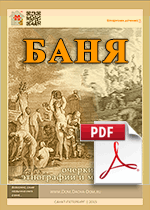getslider();
foreach($results as $list){
?>
gettextblock('intro');
echo $list['text'];
?>
Популярное
КНИГА АНДРЕЯ ДАЧНИКА
Баня. Очерки
этнографии и медицины.

КНИГА АНДРЕЯ ДАЧНИКА
Малозаглубленный ленточный
фундамент своими руками.

getpopular(5);
foreach($results as $list){
?>
getblocktitle(1); ?>
getblock(1,6);
$count=0;
foreach($results as $list){
if($count==2||$count==4){
?>
checkcatalias($part)) include ('includes/category.php');
elseif($part=='sitemap') include ('includes/sitemap.php');
elseif($part=='404') include ('includes/404.php');
elseif($dataobj->checkpagealias($part)) include ('includes/page.php');
elseif($dataobj->checkalias($part)) include ('includes/article.php');
else include ('includes/404.php');*/
}?>
 Консультации строителя онлайн.
Консультации строителя онлайн.